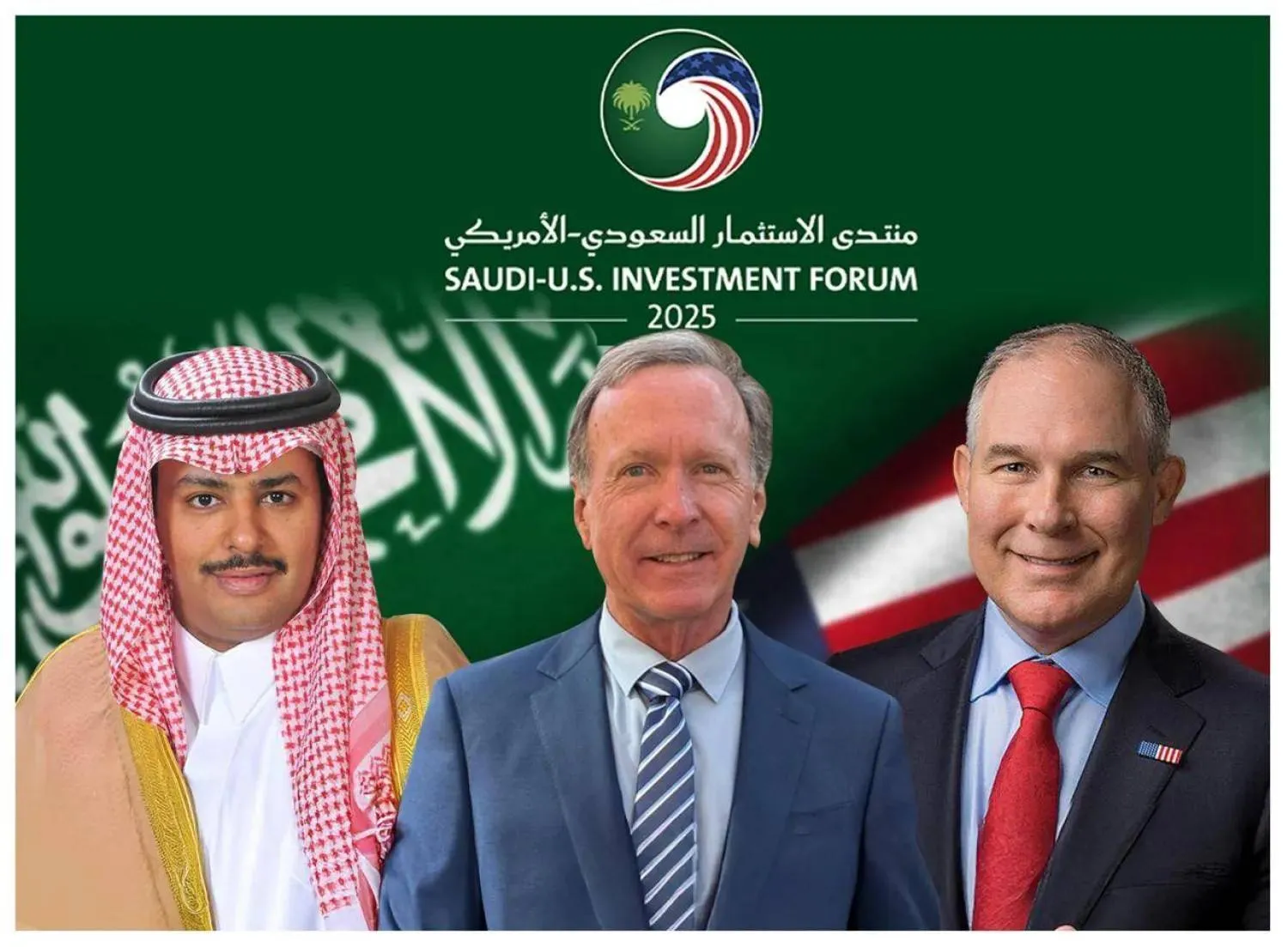The third day of the Middle East and North Africa Climate Week (MENACW) 2023 saw a series of discussions pertaining to climate change, amid a broad regional movement to mitigate the effects of this phenomenon on the region.
A session on the circular carbon economy towards zero emissions touched on the efforts deployed by the Kingdom since the launch of Vision 2030 to expand the scope of its work to deal with climate challenges, and its introduction of the circular carbon economy initiative, which is a comprehensive and integrated approach that relies on multiple tools for managing emissions.
Chief Engineer for the Circular Carbon Economy at the Ministry of Energy, Humam Al-Ghamdi, said: “Saudi Arabia is implementing a combination of factors and functions in the field of renewable energy, to accelerate the pace of mitigating emissions and raising the level of the future economy in order to shift to clean hydrogen.”
He stated that the Kingdom has a specialized center to monitor climate change in order to capture more than 24 million tons of carbon, stressing that Saudi Arabia was moving to lead renewable energy and clean hydrogen by 2030.
For his part, Dr. Fahd Al-Sherehy, Vice President for Energy Efficiency and Carbon Management at SABIC Saudi Arabia, explained that the Kingdom has clear plans to reduce costs and raise efficiency levels.
Chief Growth Officer at Carbon Clean, Krishna Singhania, said that modern technology can develop and reduce the cost of carbon capture, explaining that reaching zero emissions could be achieved within a period of up to 5 years.
He pointed to a gap between the costs allocated to factories and those directed to mitigating emissions, noting that reaching the desired goals required integrated and comprehensive work.
Singhania continued that the private sector plays an important role, by creating partnerships with regulatory and legislative bodies in the concerned countries.







